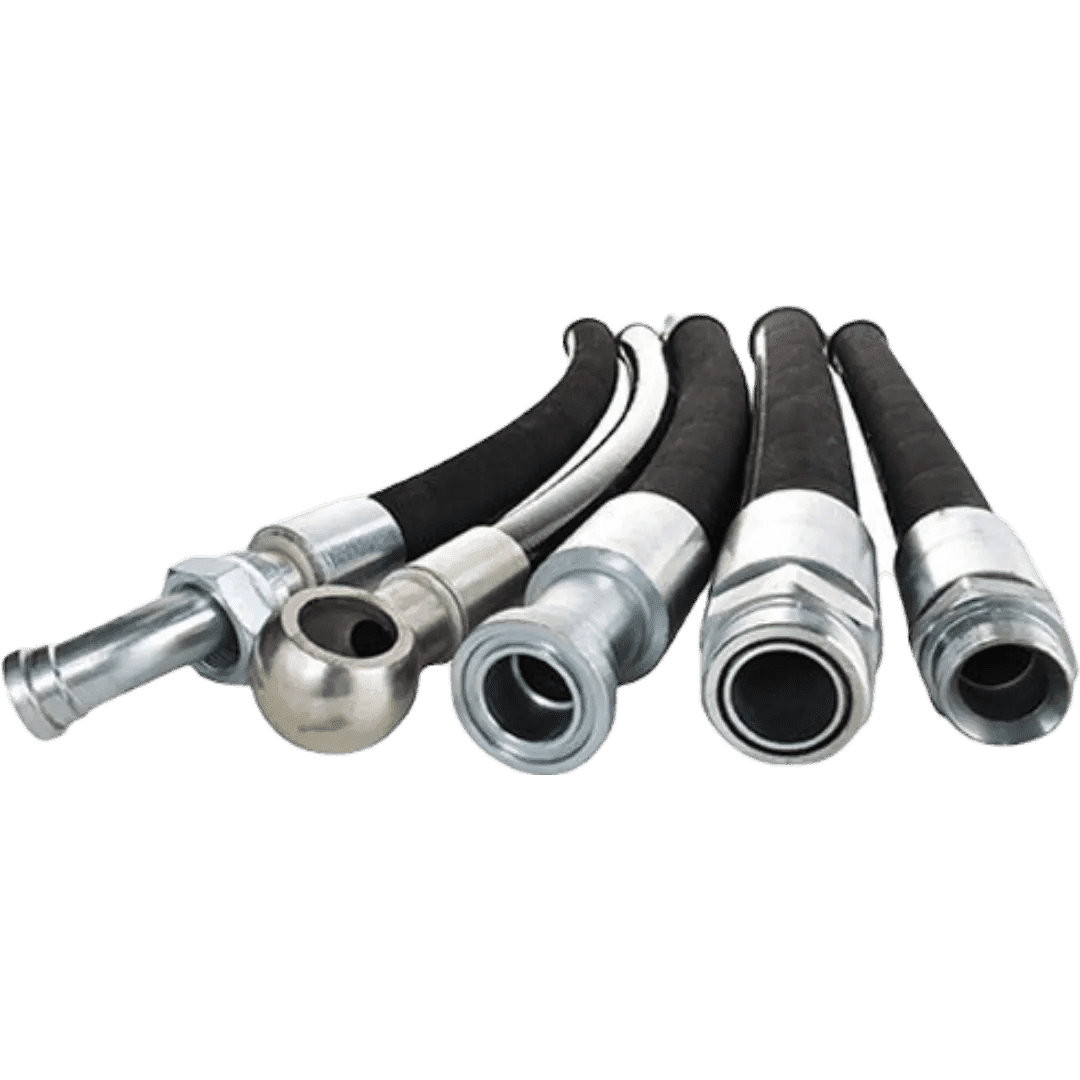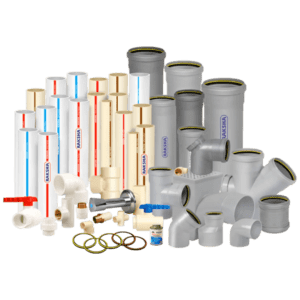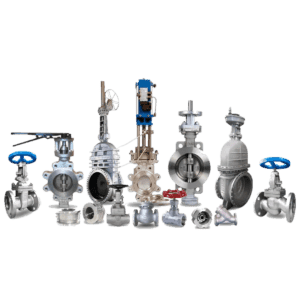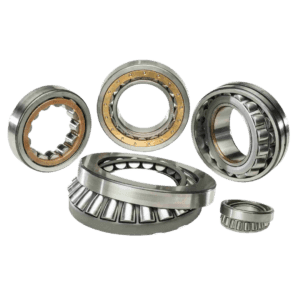High-pressure hoses and connectors are essential components in systems that require the transportation of fluids, gases, or chemicals under high pressure. These hoses are reinforced with multiple layers of synthetic materials, wire braiding, or steel to ensure strength and durability. They are commonly used in hydraulic systems, industrial pumps, construction equipment, and oil & gas operations. High-pressure hoses can handle pressures ranging from several hundred to thousands of PSI (pounds per square inch). The connectors used to link hoses are designed for secure and leak-proof connections, often featuring quick-release mechanisms or threaded fittings. Regular inspection and maintenance are crucial to prevent hose bursts, leaks, or premature wear.
Key Features:
- High Pressure Resistance: Designed to safely handle high-pressure fluid systems.
- Durability: Reinforced construction to withstand harsh environments and pressure extremes.
- Leak-Proof Connectors: High-quality connectors ensure safe and reliable connections.
- Temperature and Chemical Resistance: Can be engineered to handle various chemicals and extreme temperatures.
Types and Standards:
- Wire-Braided Hoses: Offer high tensile strength for hydraulic applications.
- Spiral-Built Hoses: For extremely high-pressure applications in industries like oil and gas.
- Thermoplastic Hoses: Lightweight, flexible, and resistant to chemicals and high temperatures.
- **ISO 9001, SAE J517: Standards for hydraulic hoses and connectors.
Brands Available:
Gates, Parker, Thermoid, ContiTech, Manuli Hydraulics.
General Maintenance:
Inspect hoses for signs of wear, cuts, or bulges. Ensure that connectors are properly tightened and free of leaks. Regularly clean hose fittings and check for debris or obstructions.





